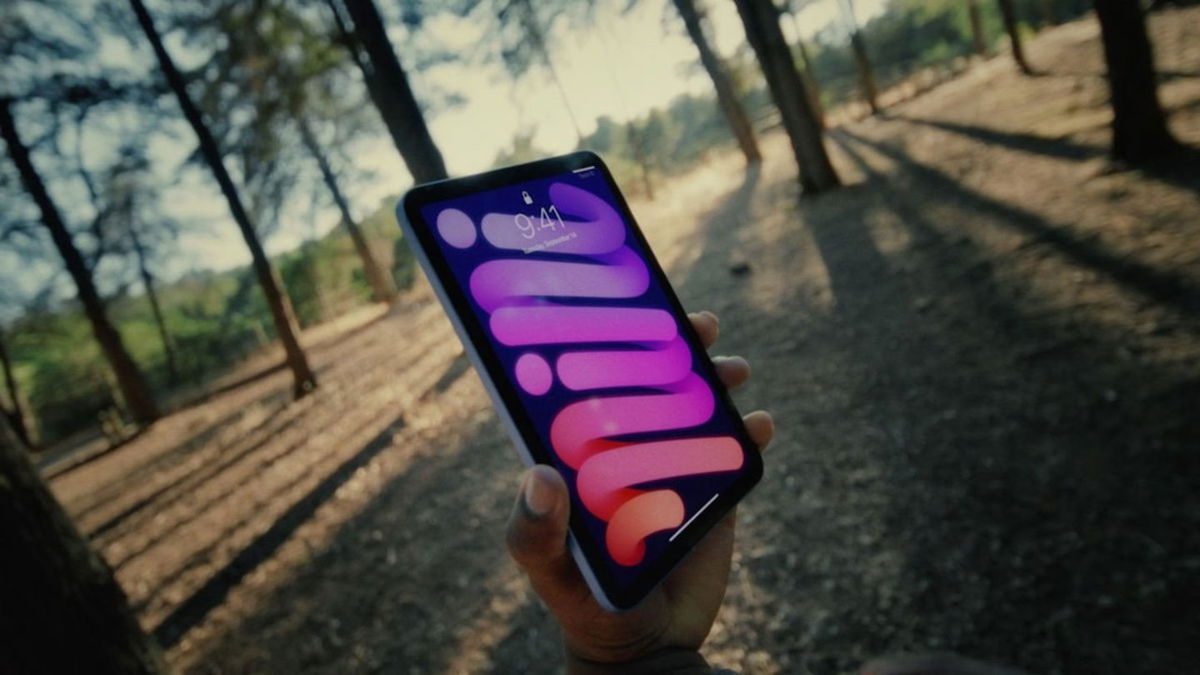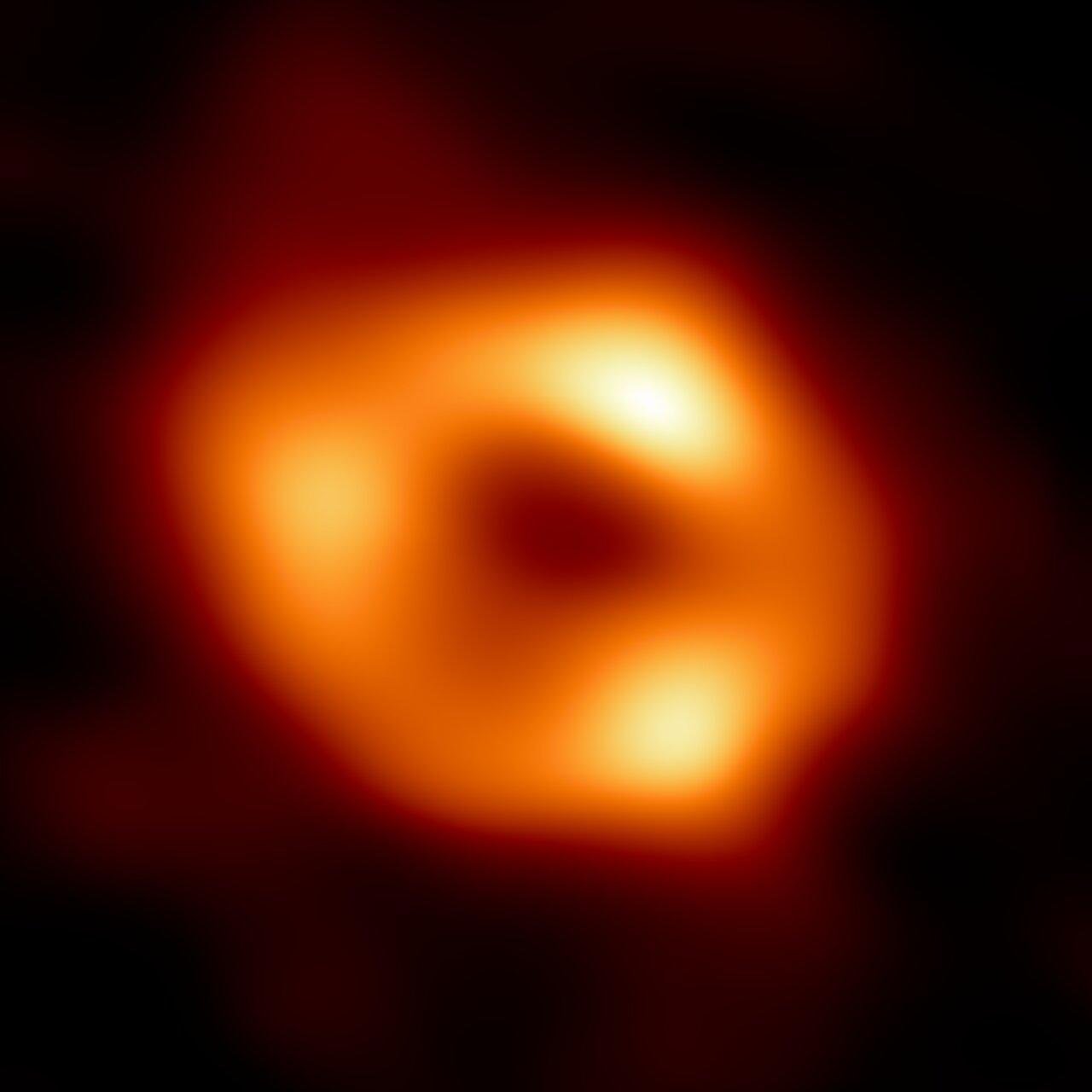Every Saturday, TecMundo and #AstroMiniBR brings together five relevant and entertaining astronomical curiosities produced by the world’s collaborators. profile on twitter to spread the knowledge of this science, which is the oldest!
#1: A bird? Is this an airplane?
[ERRATA] É possível que os rastros luminosos tenham sido causados pela reentrada do estágio do foguete chinês Chang Zheng previsto para passar por aquela região e não por meteoros como especulado.
Obrigado aos amigos do @CeuProfundo, sempre atentos! ??https://t.co/lPHSGErtag
— Nícolas Oliveira (@nicooliveira_) May 11, 2022
Obviously, neither one nor the other, but neither is Superman. The phenomenon, originally thought of as the disintegration of a meteor entering Earth’s atmosphere, is explained by something much more human and much more artificial: on the night of April 2 – 3 this year, one of Chang Zheng’s stages. The rocket entered the atmosphere and produced a beautiful spectacle in the night sky over much of India.
The Chinese rocket is part of the Long March family of launch vehicles developed by the China Academy of Launch Vehicle Technology (CALT). Chang Zheng rockets currently fall into the CZ-5 and CZ-5B categories, with maximum payloads of approximately 25,000 kg for low-earth orbits and approximately 14,000 kg for geostationary transfer orbits.
The video above shows the moment the third stage of one of these rockets, launched in February last year, entered Earth’s atmosphere. The traces of light result from combustion, which is a combination of high speed and friction with molecules in the atmosphere.
#2: The first historical image of the black hole in the center of the Milky Way has appeared!
Conheça o buraco negro no centro da nossa Galáxia pela primeira vez!
Além de um grande feito tecnológico, nosso conhecimento astronômico avança cada dia mais!
Sgtr A* tem 4 milhões de massas solares, um raio de 6 milhões de km e uma foto! #AstroMiniEHT #AstroMiniBR pic.twitter.com/RjKhwBEJSL
— Camila Esperança (@astronomacamila) May 12, 2022
On Thursday morning (12), a press conference at the European Southern Observatory (ESO) in Germany published the results of the analysis of the central region of our galaxy, first obtained by the Event Horizon Telescope (EHT).
EHT is an international collaboration of radio telescopes around the world working together to simulate a super telescope the size of Earth itself. With this combination, the EHT team was able to image the central supermassive black hole in the galaxy M87 in April 2019 and have now produced the second image of a supermassive black hole in history: this time ours.
Known as Sagittarius A* (Sgr A*), the Milky Way’s central black hole has an estimated mass of about 4 million solar masses (that is, 4 million times larger than the Sun) and about 27,000 times distant. If you’re wondering if it poses any risk to the world, it’s a pretty safe location for us.
#3: And speaking of black holes…
para os buracos negros supermassivos, toda hora é hora do lanchinho!
quando estão crescendo e consumindo matéria, eles podem produzir a seguinte estrutura (simplificada!):?? toro de poeira
?? disco de acreção
?? jatos de partículas#AstroMiniEHT #AstroMiniBR
{c} NASA Tumblr pic.twitter.com/AULHnNnzhH— yanna martins franco (@martins_yanna) May 11, 2022
Black holes in the universe have some common structures. For example, a black hole has two fundamental components: one, its singularity, and two, its event horizon.
The event horizon is a “point of no return,” a dead-end street of no return around the black hole. It’s not a physical surface, but a sphere around the black hole that defines the boundary where the escape velocity (the minimum speed needed to escape the gravitational pull of an object) equals the speed of light.
Studying these objects poses a challenge for astronomy, their detection largely based on indirect observation: astronomers cannot directly observe black holes, but their behavior in other objects can only be explained by the presence of a very large and dense object nearby. Additionally, indirect effects can include materials drawn into the black hole, accretion disks forming around it, and even jets of highly energetic particles!
#4: A solar flare recorded by NASA
O Solar Dynamics Observatory @NASASun flagrou o exato momento em que a região ativa AR3006 emitiu um intenso flare em Raios X (classe X1.5) na direção da Terra na manhã desta terça-feira! Observe a região brilhante pouco abaixo do centro da imagem!#AstroMiniBR pic.twitter.com/Lmo0Q9F7Ta
— Projeto Céu Profundo (@CeuProfundo) May 11, 2022
NASA’s space probe, the Solar Dynamics Observatory (SDO), detected strong X-ray activity in the solar region called AR3006 (“AR”, “active zone”, active zone) last Tuesday (10).
The SDO recording shows powerful solar flares, which are powerful and powerful bursts of radiation on the Sun’s surface. Harmful radiation from a solar flare cannot pass through Earth’s atmosphere to physically affect people on the ground, but if intense enough it can disrupt the atmosphere in the layer where GPS signals and communications are transmitted.
#5: A cosmic spaghetti!
Como virar um espaguete ??
Se você se aproximar de um buraco negro "de pé", o campo gravitacional do BN é tão intenso que a força de atração nas suas pernas é absurdamente maior do que a da sua cabeça¹, criando esse alongamento, ou "espaguetificação".??#AstroMiniBR pic.twitter.com/7TC0i3gafI
— Ana Carolina Posses (@astroposses) May 6, 2022
One of the most curious and fun terms in all of astronomy is called spaghetti. It may sound like a joke, but in astrophysics this is the term used to denote the tidal effect caused by strong gravitational fields. For example, when falling towards a black hole, an object is stretched towards the black hole while simultaneously being compressed perpendicular to it as it falls. Therefore, the object can be distorted into a long, thin version of its distorted shape, as if elongated like spaghetti.
Source: Tec Mundo
I am Bret Jackson, a professional journalist and author for Gadget Onus, where I specialize in writing about the gaming industry. With over 6 years of experience in my field, I have built up an extensive portfolio that ranges from reviews to interviews with top figures within the industry. My work has been featured on various news sites, providing readers with insightful analysis regarding the current state of gaming culture.












